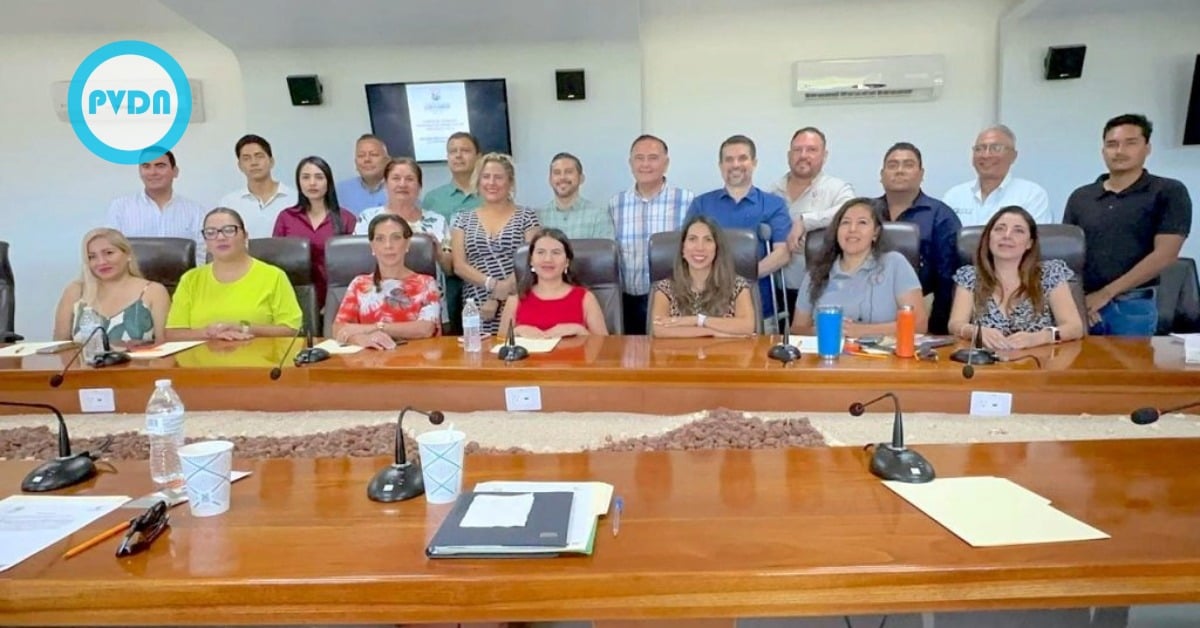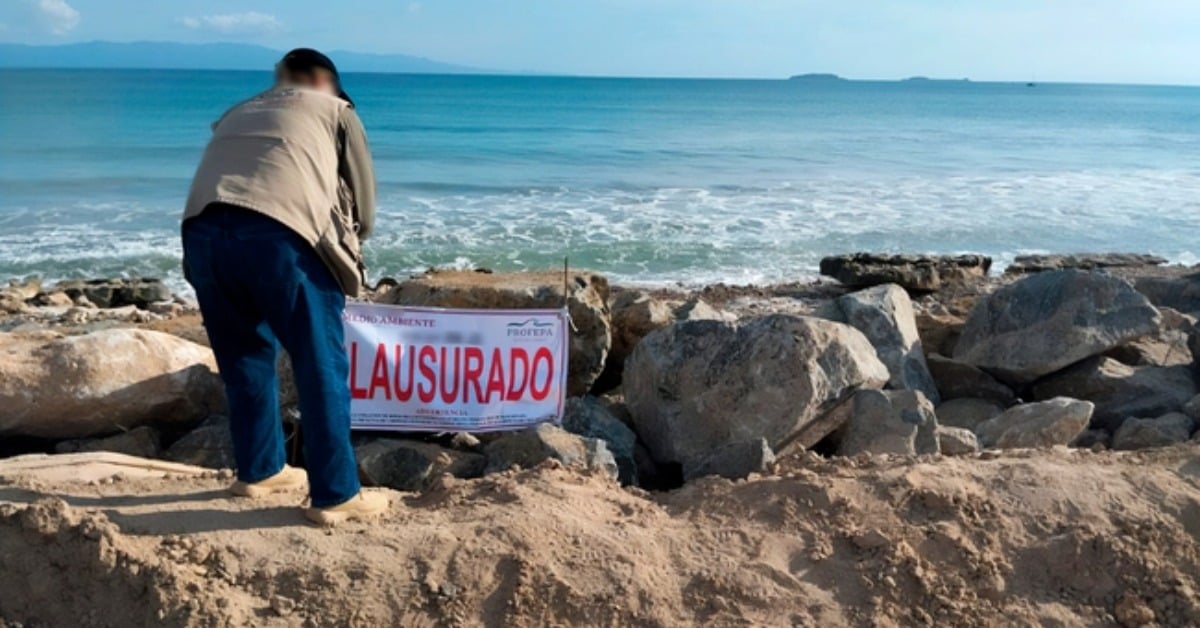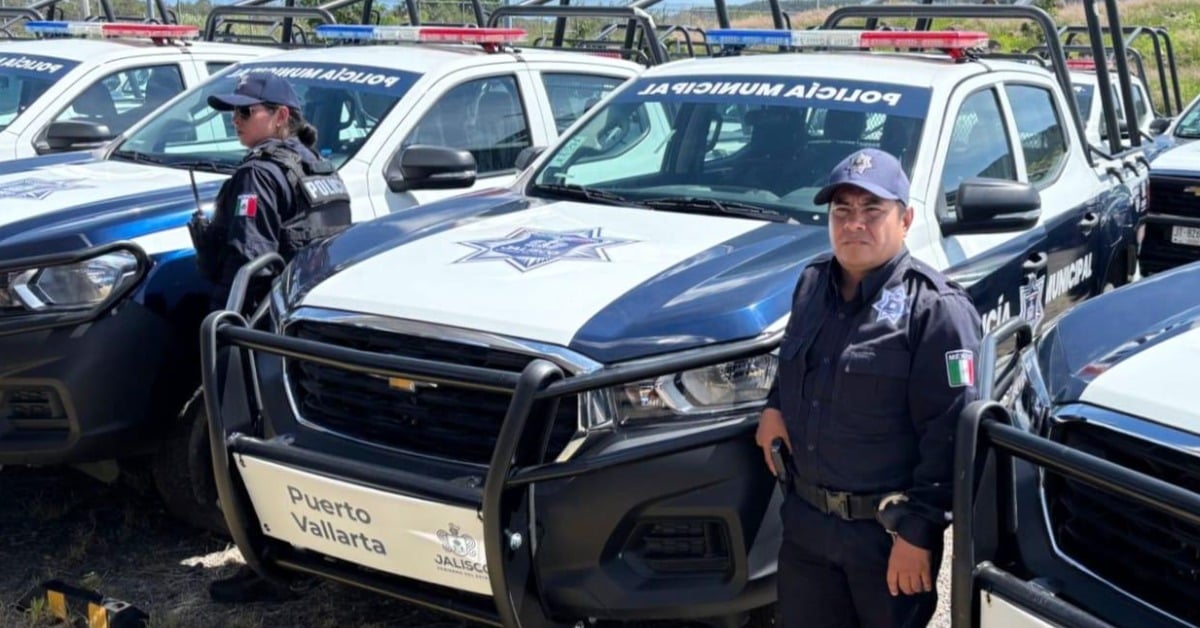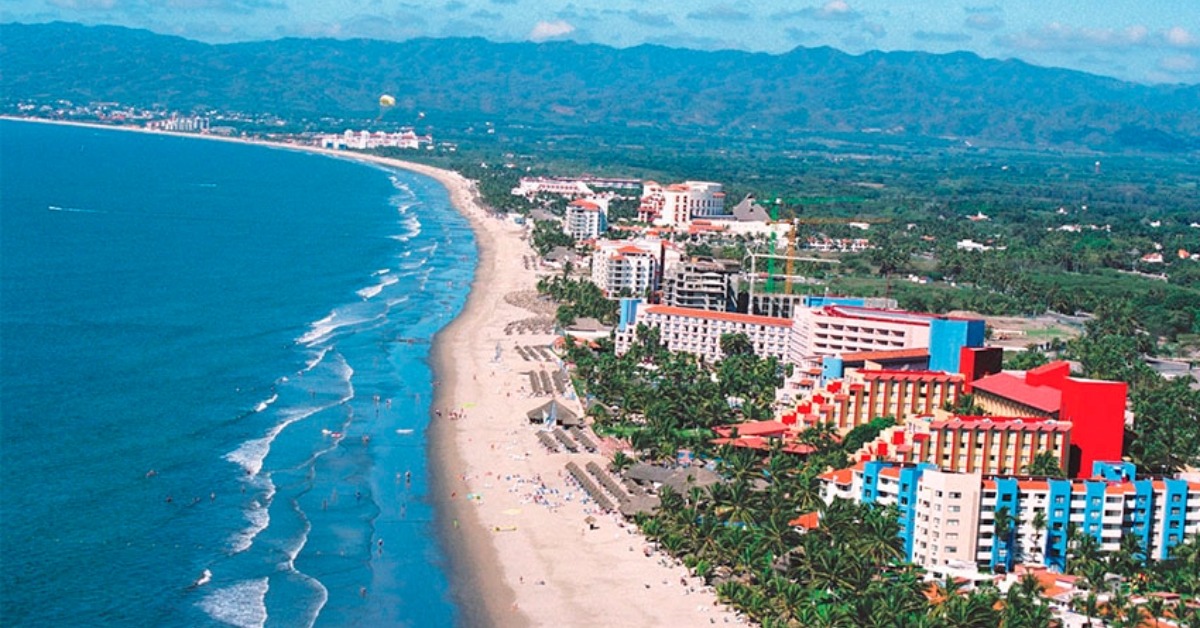Mexico’s Pacific coast, and especially its northern stretches, has long been the playground of American tourists: now, thanks to new weekly flights to Puerto Vallarta from Gatwick and Manchester with Thomson, we Britons can join them in the sand pit. Puerto Vallarta itself may not be quite on the scale of Cancún or Acapulco, but it’s a big resort nonetheless – around it, though, is some of the least-touched coastline in Mexico. Cove after isolated cove around the town is backed by forested mountains, while to the south along the Costalegre, the “Happy Coast”, spread more expansive . . .






